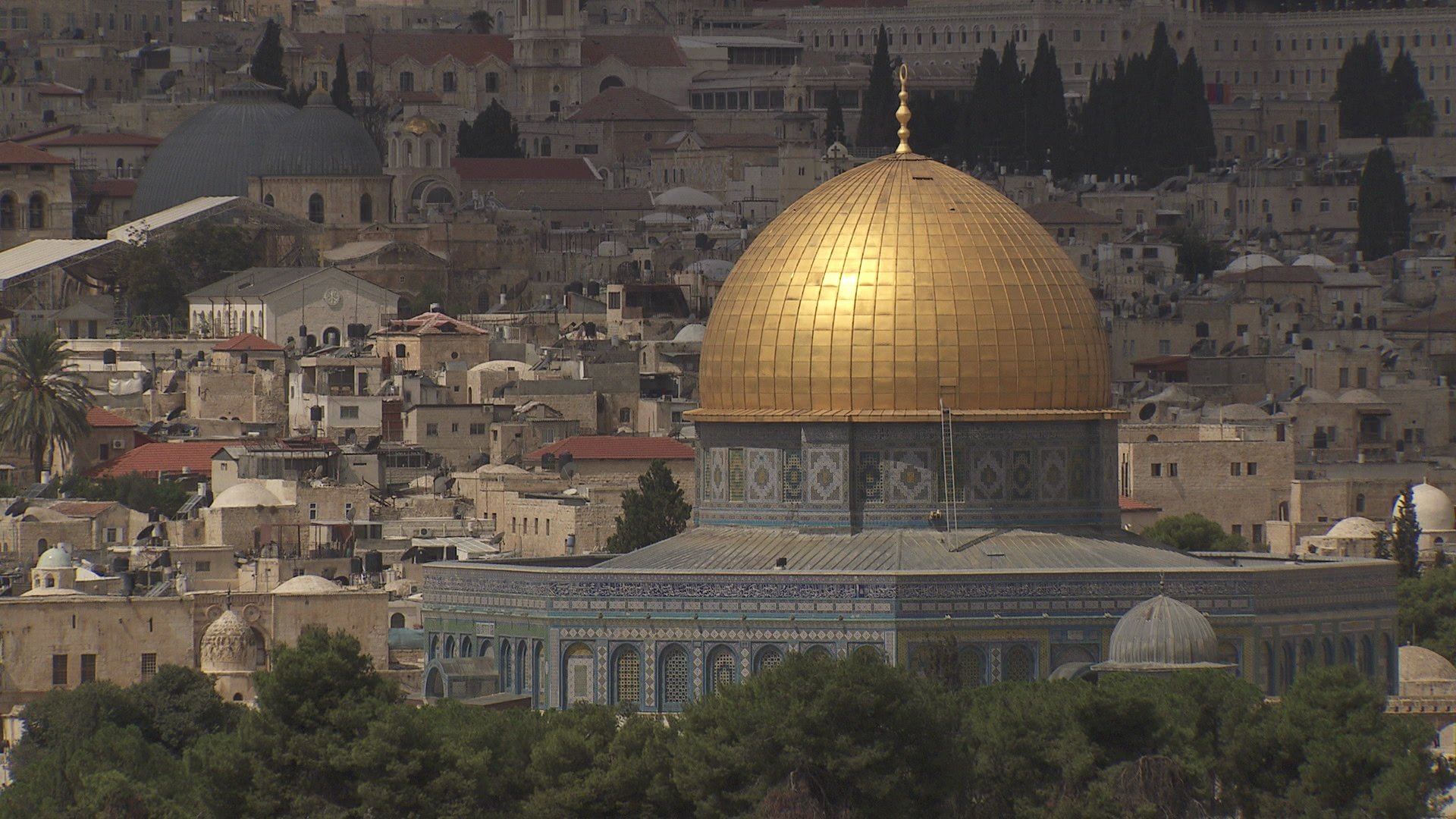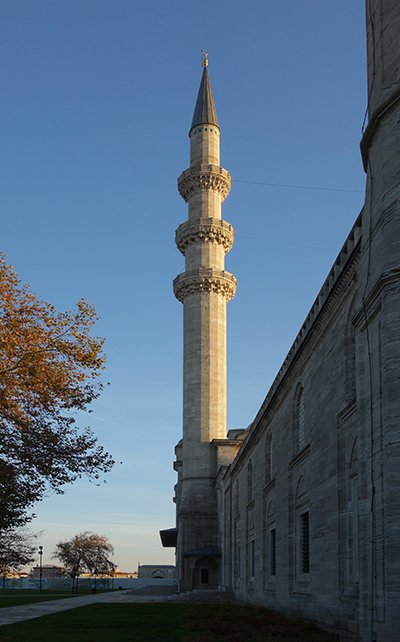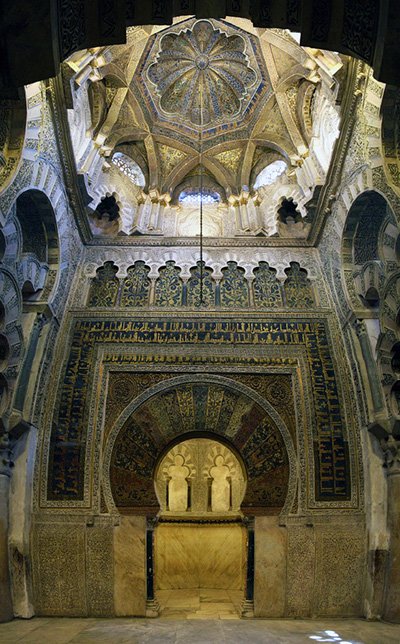National Open Mosque Day
USCMO is honored to present National Open Mosque Day. Open Mosque day is a special event where mosques across the country open their doors to the wider community, inviting people of all faiths and backgrounds to explore and learn about Islam. It provides a unique opportunity for individuals to visit mosques, interact with Muslim community members, and gain insights into Islamic traditions, practices, and values.
We urge all US mosques to join National Open Mosque Day. Local mosques like Islamic Shura Council of Southern California, New York Majlis Ash’ura Leadership Council, and Council of Islamic Organizations of Greater Chicago have already joined our campaign. Organizers are advised to include civic engagement alongside programs about Islam. Amidst rising anti-Islamic sentiment and detached political leaders, Muslim Americans must engage in the civic arena to shape a better future for ourselves and our children.
Open Mosque Day aims to foster interfaith dialogue, promote cultural exchange, and build bridges of understanding and friendship between different communities. It serves as a platform for dispelling misconceptions, promoting tolerance, and nurturing a spirit of inclusiveness, where people can come together to celebrate diversity and embrace shared values.
History of Mosques
The mosque, masjid in Arabic, is the Muslim gathering place for prayer. Masjid means “place of prostration.” The five daily prayers prescribed in Islam can take place anywhere, it is encouraged to pray at the mosque and all men are required to gather together at the mosque for the Friday noon prayer. Mosques are also used for study, rest and reflection.
The home of the Prophet Muhammad is considered the first mosque. His house, in Medina in modern-day Saudi Arabia, was a typical 7th-century Arabian-style house, with a large courtyard surrounded by long rooms supported by columns. This style of mosque is known as a hypostyle mosque which means “many columns.” This style has been used for centuries by Muslim architects as a nod to the rich history and importance of the Mosque.
SOME COMMON FEATURES OF MOSQUES INCLUDE:

Dome
A symbolic representation of the vault of heaven. The interior decoration of a dome often emphasizes this symbolism, using intricate geometric, stellate, or vegetal motifs to create breathtaking patterns meant to awe and inspire.

Minaret/ Tower
A tower adjacent or attached to a mosque, from which the call to prayer is announced.

Mihrab
A niche in the wall that indicates the direction of Mecca, towards which all Muslims pray.

Courtyard
Within the courtyard one often finds a fountain, its waters both a welcome respite in hot lands, and important for the ablutions (ritual cleansing) done before prayer.
